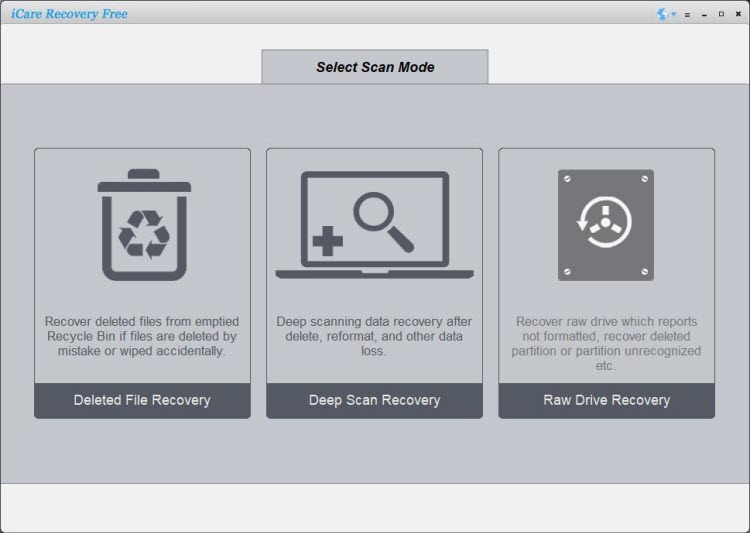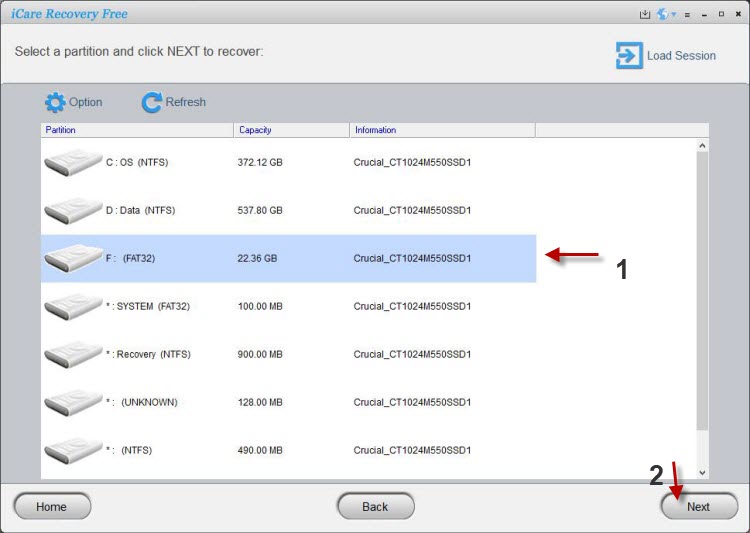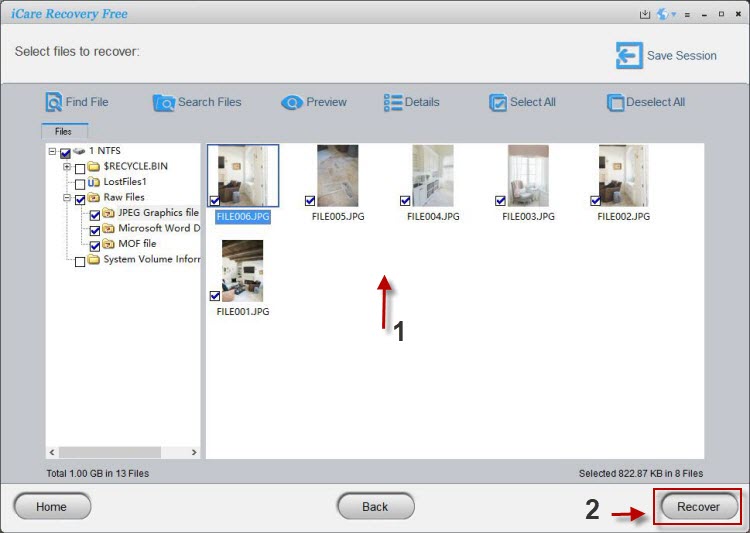RAID Drive Not Showing up Fixes [6 Ways]
If a disk in a RAID 5 array is not showing up, it could indicate a problem with the drive, the RAID controller, or the RAID configuration. Here are some steps to troubleshoot the issue and potential fixes:
-
#1 Physical connection: Double-check the physical connection of the disk. Ensure that the cables are properly connected to both the drive and the RAID controller or motherboard. Try reseating the cables or using a different cable to rule out any connection-related issues.
-
#2 Power supply: Verify that the disk is receiving power by checking the power cable connection. Ensure that the power cable is securely connected to the drive and the power supply. Try using a different power cable or port to eliminate any power-related problems.
-
#3 Drive health: Use diagnostic tools or utilities provided by the drive manufacturer to assess the health of the disk. Connect the problematic disk to another system, if possible, to see if it is recognized there. If the drive is not functioning properly, it may need to be replaced.
-
#3 RAID controller configuration: Check the RAID controller's management interface or software to ensure that the disk is recognized and configured correctly within the RAID array. Look for any error messages or alerts that may provide insights into the issue. Review the RAID controller's documentation for specific troubleshooting steps.
-
#4 RAID rebuild: If the disk has failed and needs to be replaced, follow the appropriate procedures to replace the failed drive and initiate a RAID rebuild. Consult the RAID controller's documentation for detailed instructions on replacing a drive and rebuilding the array. Make sure to backup your data before attempting any rebuild operations.
-
#5 RAID controller firmware and drivers: Update the firmware and drivers of the RAID controller to the latest version provided by the manufacturer. Outdated firmware or drivers can sometimes cause compatibility issues that prevent disks from being recognized.
-
#6 Professional assistance: If you are unsure about the troubleshooting steps or need expert assistance, consider contacting the technical support of the RAID controller or consulting with a professional data recovery service. They can provide further guidance and help diagnose and resolve the issue.
Remember, in RAID 5, the failure of a single drive should not result in data loss. However, it is always recommended to have a backup of your important data to safeguard against any unforeseen circumstances.
Video: A disk not showing up in server setup fixes
Video - how to fix disk not showing up in Windows
Data Recovery When RAID Drive Is Not Showing up
In order to extract files from an unreadable disk drive, you need to rely on a data recovery tool. iCare Data Recovery Free is a Windows-based data recovery program, which provides read-only way to search data on any storage media. Therefore, you can use this data recovery software to restore all inaccessible files such as images, videos, music, documents, etc when RAID drive is not showing up on computer.
Steps for Unreadable RAID Drive Data Recovery
Preparation: Free download and install iCare Data Recovery on your computer. Please avoid installing the software on the RAID drive where data got lost. Then, you can follow the steps below to recover files from RAID array:
Step1. Select a proper scan mode after running the data recovery software.

Step2. Choose the drive where data got lost and then the software will scan it to search lost files. You only need to wait patiently before the scanning is completed.

Step3. You can preview lost files after scanning and then save the lost files to another drive.

Why Is It Possible to Recover Files off Unreadable RAID Drive?
A disk drive will become unreadable due to different kinds of reasons. Although it is not showing up on your computer, the previous data stored on the drive is still intact on it. Therefore, you just need to use a data recovery tool like iCare Data Recovery to deep scan the RAID array so as to search all files from the unreadable disk drive. In order to recover all lost files, you should perform on RAID array carefully to protect it from being overwritten or physically damaged. It is only possible to recover data that is not overwritten from RAID drive which is not physically damaged.
RAID 0 Drive Is Not Detected
RAID 0, also known as striped volume, is usually created by at least 2 hard disk drives. Within RAID 0 volume, data will be written evenly on each hard drive without parity information. Since all data striped across all hard drives in RAID 0, it will cause data loss when one of hard drive failed. If RAID 0 drive is not detected by computer, you need to rely on iCare Data Recovery to get back lost files. This software is compatible with RAID 0 array to recover lost files without rebuilding the array on Windows.
Data Recovery from Unrecognized RAID 1 Array
You also need to add at least 2 hard disk drives in order to create a RAID 1 array. When you store data to RAID 1 volume, all data is mirrored to all hard disk drives in this array. For example, if you have 2 hard drives on RAID 1, data will be stored on one hard drive and the data will mirrored to the other hard drive. Therefore, RAID 1 provides a safer solution for data storage. If one hard drive is not recognized or not readable, you can read data from the other hard drive. However, if you are unable to read any data from RAID 1 volume, you can use iCare Data Recovery to recover data from unreadable RAID 1 volume.
Last updated on Aug 22, 2025
Related Articles